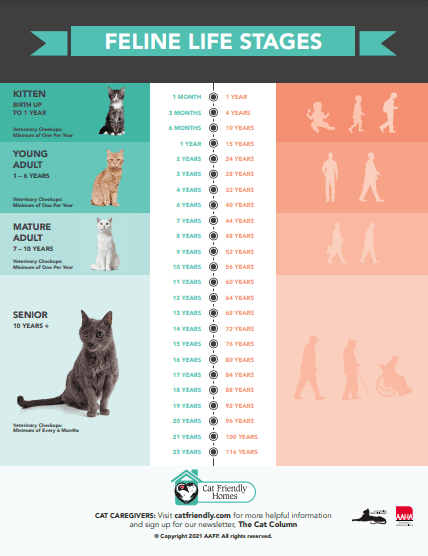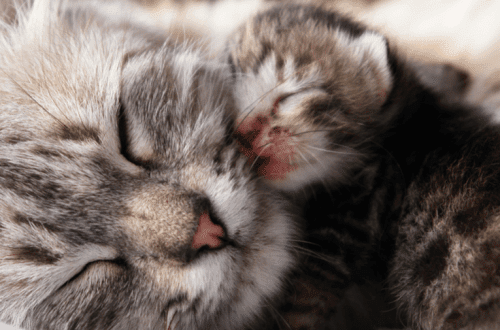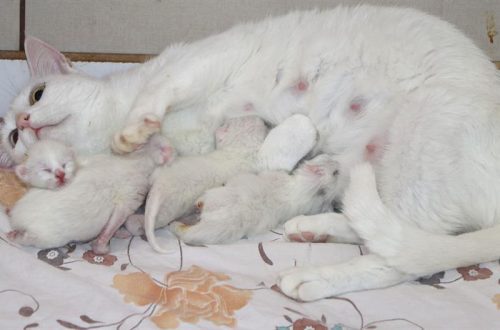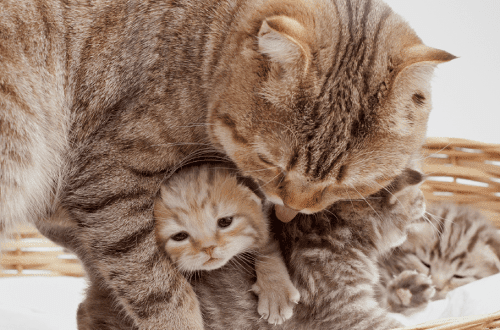
Features of the sexual cycle of cats
First heat
For the onset of the first estrus, a young cat needs to reach 70-80% of the body weight of an adult animal. The first estrus comes at 4-12 months, depending on the animal’s body weight and breed. Cats are photosensitive animals, so their sexual behavior is also affected by the length of daylight hours.
First heat calendar
Cats born in January-February may not come into heat until January-February of the following year – that is, they may have their first heat at the age of about 1 year.
Cats born in March-April are most likely to come into heat in September-October of this year – that is, at the age of about 6 months.
Cats born in May-June will come into heat in February-March of the following year – at the age of about 10 months.
Cats born in July-August will come into heat in January-February of the next year – at the age of about 6 months.
Cats born in September-October will come into heat in March-April of the next year – at the age of about 6 months.
Cats born in November-December will come into heat in May-June of the following year – at the age of about 6 months.
Additional factors
In cats of short-haired breeds, puberty, as a rule, occurs earlier than in cats of long-haired and large breeds.
The interval between estrus in cats exposed to constant light for 14 hours a day (including artificial lighting) is 4–30 days.
In natural light, the absence of sexual behavior is observed from November to February-March of the following year.
The highest frequency of cycles is observed from January-February and decreases towards September-October.
The duration of estrus is 7-10 days. The cycle is repeated throughout the entire breeding period, interrupted by pregnancy and false pregnancy.
Ovulation
Another important feature of the sexual cycle of cats is induced ovulation. In dogs, for example, ovulation occurs spontaneously, whether mating is planned or not. In cats, ovulation occurs during coitus. The exception is cases of spontaneous ovulation, possibly related to the cat’s sense of touch or stimulation of the withers area by the owner during estrus in the cat.
sexual behavior
Clinically, estrus is expressed in crouching on the forelimbs, abduction of the tail, arching of the back, vocalization to call the male. In the absence of a cat, the cat rolls on the floor, arches its back, gently rubs its head against objects and the owner. Unlike dogs, in cats, estrus is not accompanied by outflow from the genital organs, and the presence of purulent or bloody discharge indicates pathology.
July 21 2017
Updated: October 5, 2018





